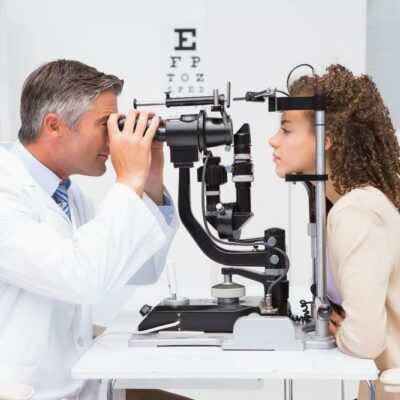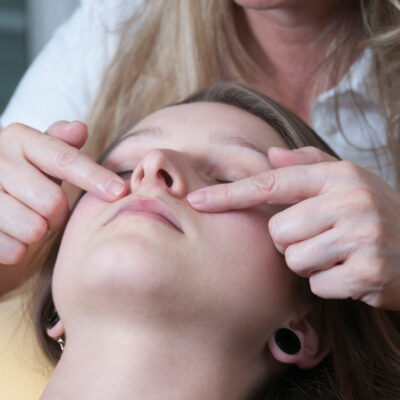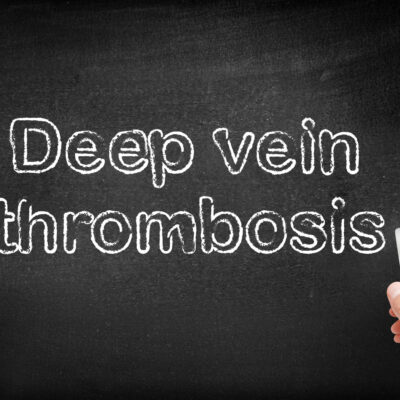
Health
Home Remedies to Combat Hair Loss
Hair can be pampered and treated with simple recipes concocted from ingredients that are available in your kitchen. The oils, herbs, eggs, and cereals that go into your food recipes can be used for hair care too. These natural treatments work gently on the hair, nourishing it and combating hair loss. Unlike synthetic products, these natural remedies work to improve the overall health of the scalp and give good results in weeks or months. Herein, we discuss recipes of natural treatments to combat hair loss. Coconut Oil with Curry Leaves Boil fresh coconut oil with organic curry leaves till it leaves a dark residue. Filter it and use the oil on your hair at least twice a week. This is one of the easiest natural treatments to combat hair loss. Castor Oil Recipe Mix a few drops of castor oil with coconut oil and massage it on your scalp, then rinse after a few hours. Repeat this treatment at least once a week. Castor oil aids hair growth, and when mixed with coconut oil, it gives your hair all the nutrients it needs to prevent hair loss. Vinegar Treatment Apple cider or white vinegar can be used to maintain the pH balance of your hair.
Read More 















